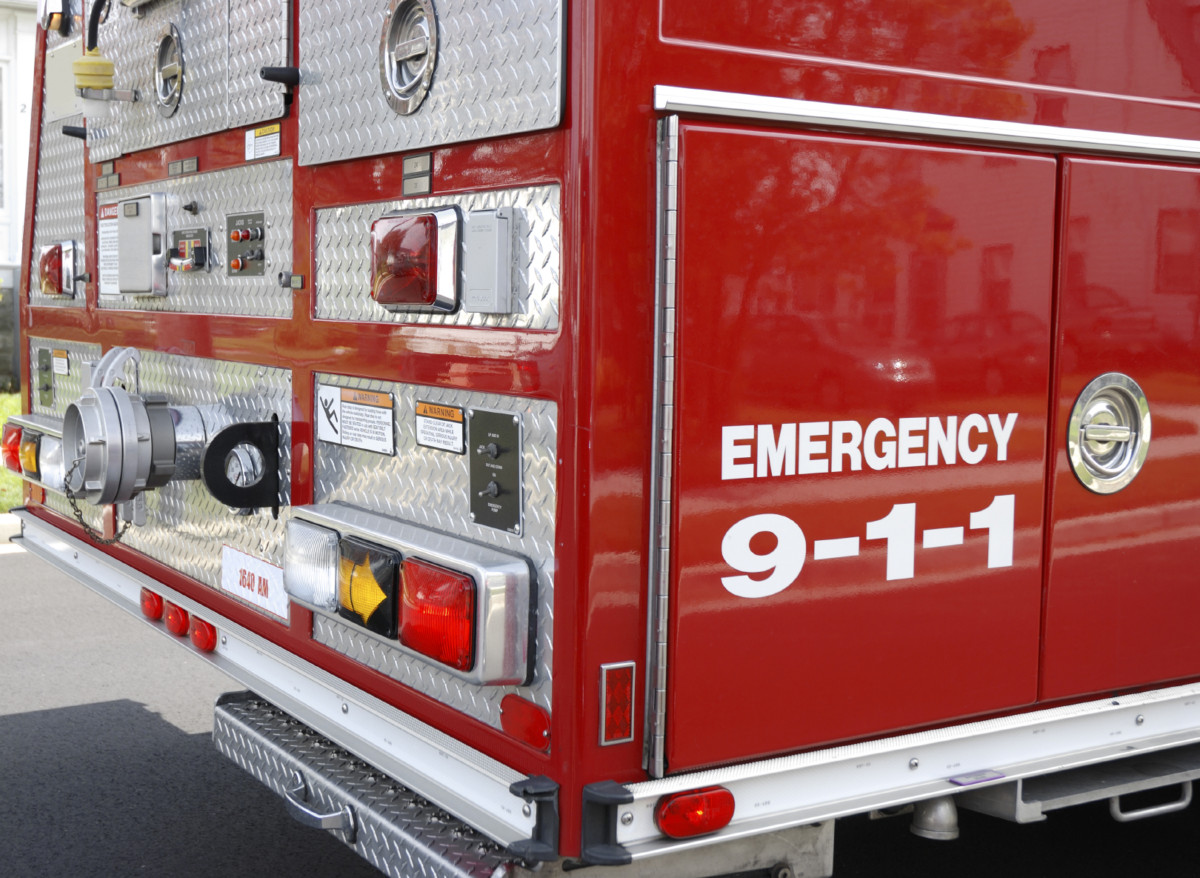The texts have been about domestic situations, car accidents and suspicious people in a neighborhood.
But so far, the number of times county dispatchers have gotten a text about an emergency remains less than once a day, on average.
Last year, county dispatchers had 323 texting conversations in the first full year the county offered 911 texting services.
But officials expect that number to grow as more people learn the service is available, Johnson County 911 Director Ryan Rather said.
The number is low, compared to the amount of 911 calls the county handles in a year — more than 66,000 in 2016. But officials had not set any expectations for how many texts they might get, Rather said.
“We really didn’t have any idea going into it what we were looking at,” he said.
Indiana was the first state to fully implement a 911 texting service, and since it started, the number of texts have continued to grow, according to data from the Indiana 911 board. In July 2015, 911 dispatchers across the state had about 500 texting conversations, and by June 2016, that had grown to about 1,700. In Johnson County, the service began in April 2015.
Rather expects the numbers to grow this year, especially as more people have become aware of the service, he said.
For example, he recently went to a disaster planning training with officials in Prince’s Lakes, who talked to him about the lack of cellphone service in certain areas making it difficult to call 911. Rather told them about the texting service, which they didn’t know about, and explained they could still send a text to 911 with a low signal.
“Just getting the word out, will increase people being willing to use it and becoming more comfortable,” he said.
He also said the younger generations are more prone to text than call, so as they learn about the service, they will be more likely to send a text, he said.
The goal of the service is to give people another way to call for help, especially in circumstances where they may not be able to make a phone call, such as domestic situation, he said.
That is one of the top issues the county has so far gotten 911 texts about, he said. But it could also be helpful for someone who is hiding in a home invasion situation. And the county has also gotten texts from people who are suicidal and want help, he said.
He also hopes to see the county expand the ways they use the system, he said. For example, some areas will text a phone number back when they get a misdialed or hangup 911 call, to check and be sure everything is OK.
The county has also used the system to text an emergency worker on a medical helicopter when they couldn’t make radio contact, he said.
But one area that Rather wants to see improve is the location services. As of now, if someone is texting 911 for help, they have to give the dispatcher their address or location, because otherwise, they don’t have it.
If someone calls 911, dispatchers can track their location, but that doesn’t happen when someone texts 911, Rather said.
In order for that to change, the Federal Communications Commission has to require cellphone carriers to automatically send that information when someone texts 911, he said. A similar requirement was necessary when cellphones were first becoming popular and were being used to call 911, he said.
But as the service becomes more popular, that requirement will become more likely, Rather said.
“Right now, it’s just at implementation stage,” he said.





